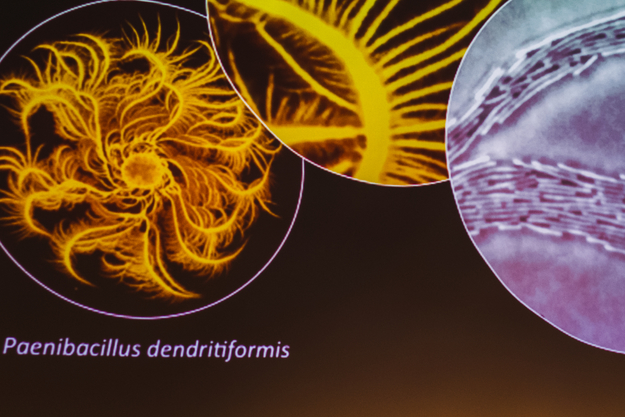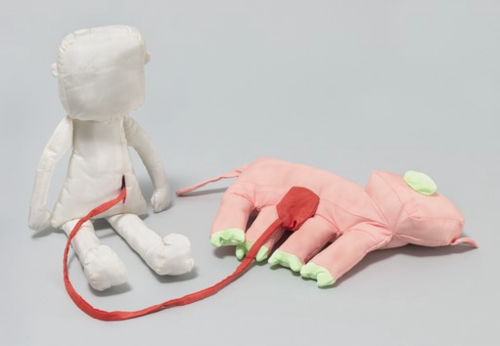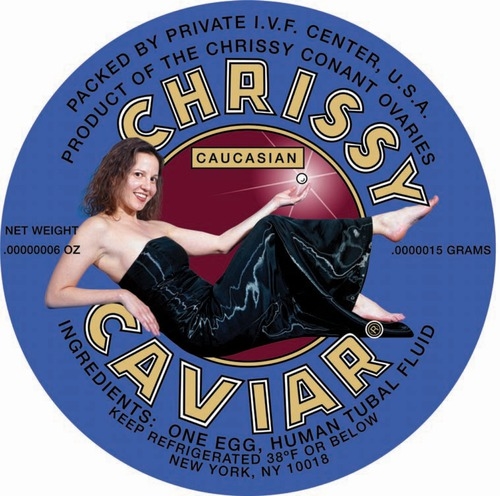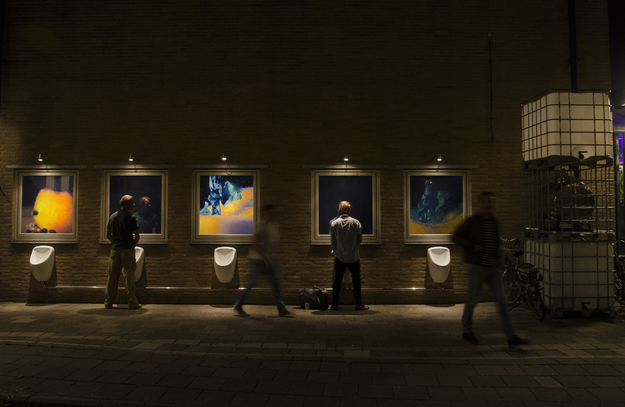Bio-design vs. Bio-art
Bio-design includes the use of living materials in order to enhance both the properties and sustainability credentials of a finished product. Whilst bio-design might be used to create something for other reasons than to incorporate human activities into the bio-sphere or bio-cycles, this is largely the realm of bio-art.
There are many ethical problems associated with the use of new bio-technologies and the potential abuse of the emerging ‘under class’ of bacteria and biological entities, programmed and harnessed for commercial use. Bio-art can be seen as a way of addressing this ethical side of things.
Bio-art therefore may not create critical solutions but rather pose questions about use of biotechnology in design and commodification of the life sciences, for example, in order to encourage awareness of human impact on science and nature.
Chrissy Conant, a bio-artist, did just this when she created 'Chrissy Caviar' from her own eggs. Conant wanted to challenge the fertility bio-technologies that have proliferated in recent years and provide the ultimate luxury product - human caviar. This work uses the technologies and media of biology but does not contribute a viable design solution to anything, so is firmly in the realm of bio-art, rather than bio-design.
Bio-art can include works that use the same living materials and technologies as bio-design projects, but alternatively can also include works that raise awareness of the associated ethical issues but do not actually use ‘moist-media.’ For example, Elio Caccavale created 'MyBio Dolls,' a series of stuffed toys, in order to educate children about biotechnologies and how the appearance of animals might change with that.
Mediamatic and Bio-design / Bio-art
There is much crossover when it comes to bio-design and bio-art. The boundary is becoming increasingly blurred and it is this new hybrid that Mediamatic taps into with its various projects, workshops and events in our ‘design-lab’ Biotoop of the future.
For example, the Pure Gold installation on the Mediamatic Biotoop facade looks like a public urinal facility but actually challenges perceptions of urine as waste (like with bio-art) and makes use of the collected urine as a plant fertiliser (as with bio-design).
There is little difference between the art and design aspects of what we aim to achieve and the focus is more on raising public awareness and interaction to highlight the possibilities of mixing science with craft.
The refurbished Clean Lab now offers spaces for artists and scientists to come together on projects for the future.



